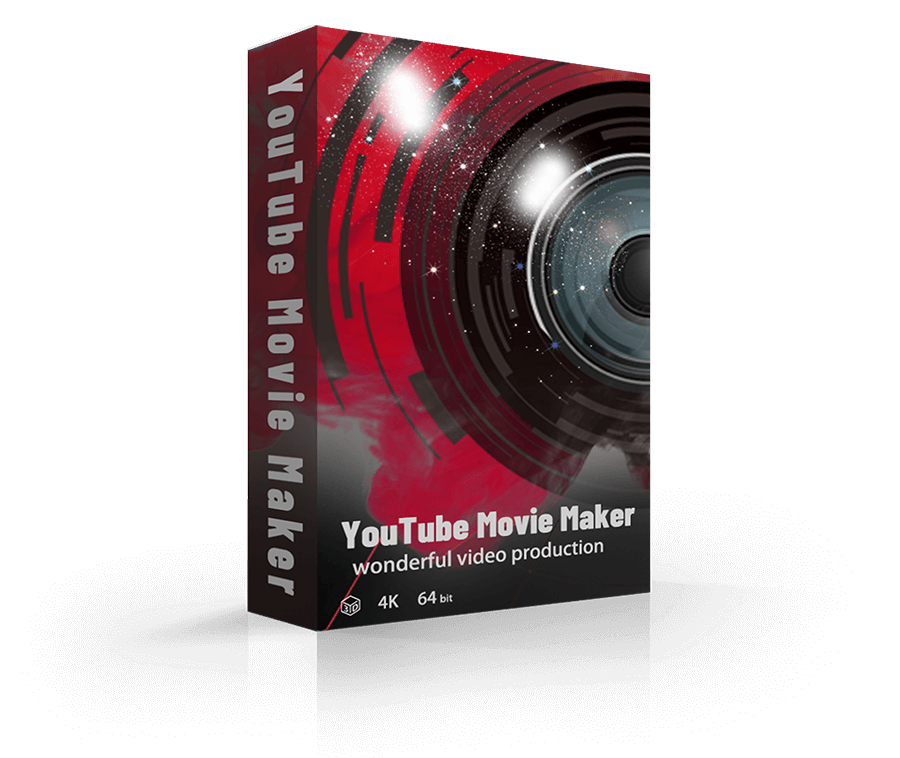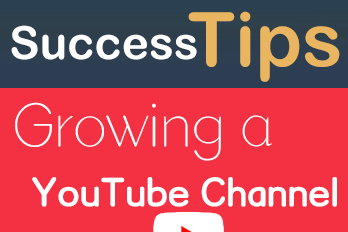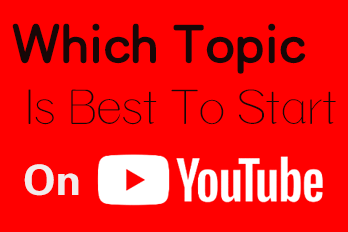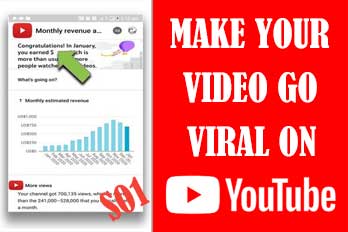To create a successful YouTube channel in 2023, you need to ask yourself Who, What, When, Why, Where and How. Who will watch your videos? What type of content will you create? When have people done this before in the past? Why do I want to start? Where do I want this adventure to lead you? How will you keep making your content better with time?
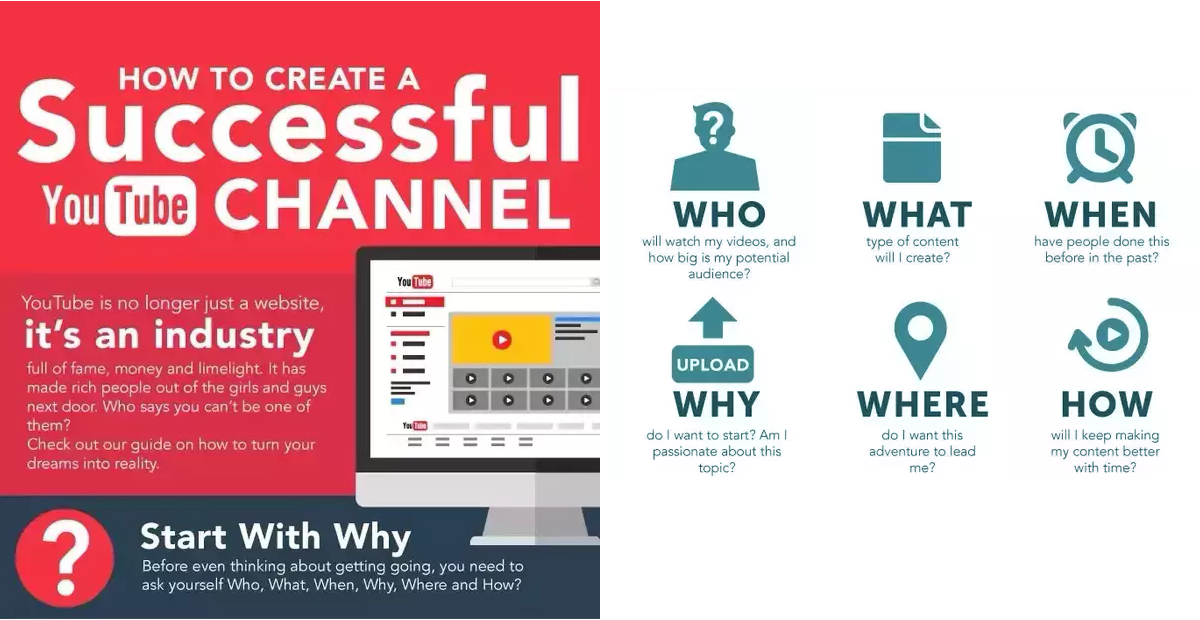
And you need to follow some best practices and strategies that can help you stand out from the crowd and grow your audience.
1) Choose your YouTube channel’s niche and target audience
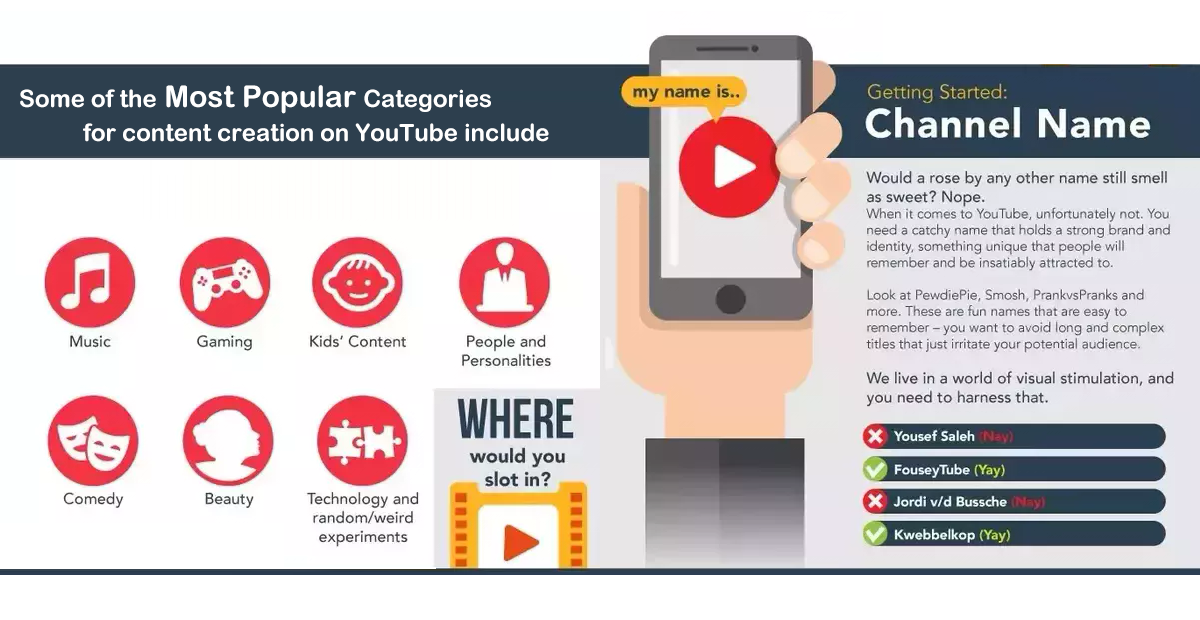
You need to decide what kind of content you want to create and who you want to reach with it. Your niche should be something you are passionate about, knowledgeable about, and can provide value to your viewers. Your target audience should be a specific group of people who share your interests, needs, or problems. You can use tools like Google Trends, YouTube Analytics, and Keyword Planner to research your niche and audience.
2) Equipment and software
Invest in quality equipment and software. You need to have the right tools to produce high-quality videos that can attract and retain viewers. You need a good camera, microphone, lighting, tripod, and editing software. You don’t have to spend a fortune on these, but you should invest in the best equipment you can afford. There are many online video editors, but it would be great to have an own software so we have more freedom to modify the video to our liking. If you are not professional in video editing. We suggest YouTube Movie Maker, YouTube Movie Maker is a unique and user-friendly video and audio editing software made specifically for YouTube. It covers all the editing functions we may need and provides a wealth of video footage, images, audio, sound FX, and effects to make video creation easier.
3) Develop a unique brand identity and style
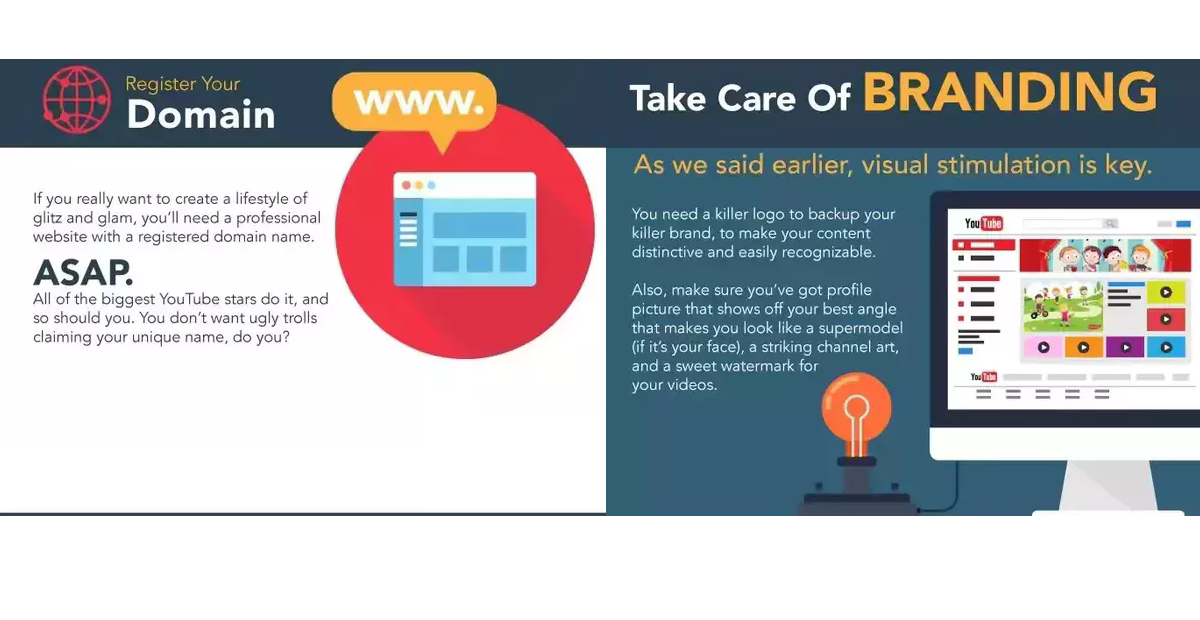
Develop a unique brand identity and style. You need to have a distinctive look and feel for your channel that reflects your personality, values, and message. You need a catchy channel name, a memorable logo, a professional banner, a consistent thumbnail design, and a clear channel description. You also need a voice and tone that suit your niche and audience. You can use tools like Canva, Fiverr, and TubeBuddy to create and optimize your branding elements.
4) Optimize your YouTube channel for SEO and CTR
You need to make sure that your channel and videos are easy to find and click on by YouTube and viewers. You need to use relevant keywords in your channel name, niche, description, tags, titles, descriptions, and thumbnails. You also need to write compelling titles and descriptions that capture the attention and curiosity of your viewers. You can use tools like VidIQ, Morningfame, and Keywords Everywhere to research and optimize your keywords.
5) Produce Content and keep improving
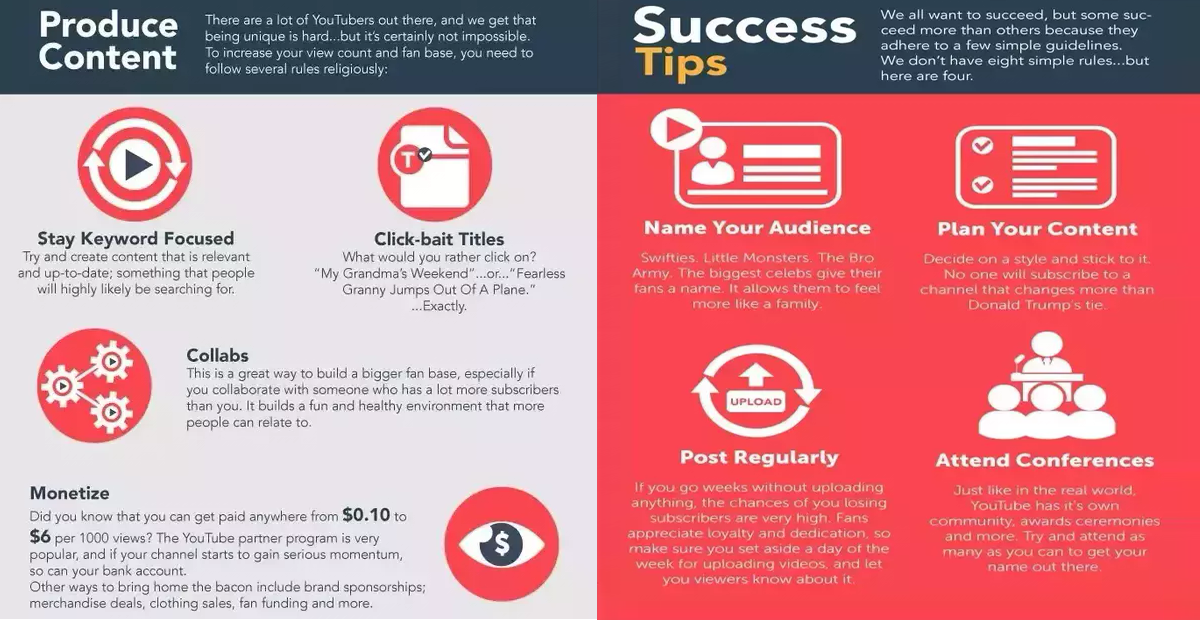
Video Content is the most important for YouTube. You need to create a content calendar and stick to a consistent schedule. You need to plan ahead and create a content calendar that outlines what videos you will make, when you will make them, and when you will publish them. You need to stick to a consistent schedule that works for you and your audience. You also need to make small improvements in every video you make, based on feedback from your viewers, analytics, and competitors. You can use tools like Google Calendar, Trello, and Asana to organize and manage your content calendar.
Create engaging and valuable content that appeals to your audience. You need to focus on creating videos that are worth watching and sharing. You need to entertain, educate, inspire, or solve a problem for your viewers. You also need to hook your viewers in the first few seconds of your video, keep them interested throughout, and end with a strong call to action. You can use tools like Storyblocks, Epidemic Sound, and Lumen5 to enhance your content with stock footage, music, and animations.
6) Interact with the YouTube community and promote your channel on other platforms
You need to connect with other creators and viewers on YouTube and beyond. You need to respond to comments, collaborate with other channels, join groups, participate in challenges, and feature user-generated content. You also need to promote your channel on other platforms like social media, blogs, podcasts, or email newsletters. You can use tools like TubeBuddy, Hootsuite, and Mailchimp to interact with the YouTube community and promote your channel.
7) Avoid Some common mistakes to avoid on YouTube
Thinking you deserve immediate success on YouTube. YouTube is a competitive and saturated platform where it takes time, effort, and patience to grow your channel and audience. You should not expect to get views and subscribers just because you upload videos. You should focus on creating value for your viewers and proving your worth to YouTube and your niche.
Deleting content from your channel. Deleting videos can hurt your channel’s metrics and performance, as well as erase the history and progress of your journey. You should not be ashamed of your old videos, but rather use them as a learning opportunity and a source of inspiration. You can also unlist or private your videos if you don’t want them to be public, but still keep them on your channel.
Neglecting your audio quality. Audio is one of the most important aspects of video quality, as it affects how well your viewers can hear and understand you. Poor audio can make your videos hard to watch and cause viewers to leave. You should invest in a good microphone and audio editing software, and test your audio before recording.
Not engaging with your viewers. Engagement is crucial for building a loyal and active fanbase, as well as boosting your YouTube algorithm ranking. You should interact with your viewers by responding to comments, asking questions, giving shoutouts, and thanking them for their support. You should also encourage them to like, share, subscribe, and turn on notifications for your channel.
Ignoring analytics. Analytics are essential for understanding your channel’s performance, growth, and audience behavior. You should use analytics to track your views, watch time, retention, click-through rate, impressions, subscribers, revenue, and more. You should also use analytics to identify what types of videos are working well for you and what areas need improvement.
Create, Edit, Make YouTube Video with YouTube Movie Maker
